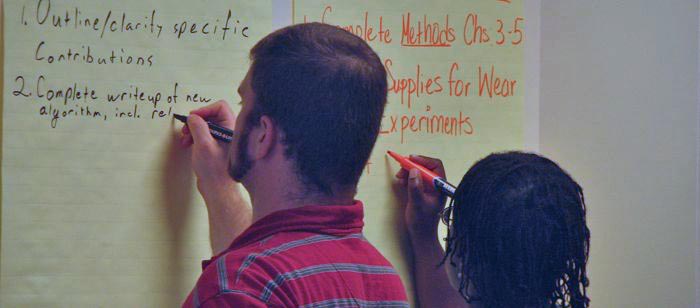
How to Raise Capital in Maryland
Art Jacoby
Managing Partner, Maryland Cyber Investment Partners
4:00pm Tuesday 27 September 2011
Courtyard Meeting Room
Maryland Clean Energy TechnologyIncubator (CETI)
UMBC Sounth Campus
Capital is the fuel your business needs to drive growth but raising it will be one of the most daunting challenges you will face as a CEO with a promising venture. Since not all capital is created equal so it’s essential to learn what types of capital you need, the right sources to get it from and how to work out a reasonable agreement so that you can succeed. Learn the best practices and whatnot to say so that the check will be “on the table".
- The right type of Capital
- The right source of Capital
- Creating the Capital Raise Plan
- Reasonable Expectations
- Selling it!
- Deal Killers
- … and much more!
Art Jacoby is a Managing Partner of Maryland Cyber Investment Partners which provides business guidance, business connections and growth capital to Cyber Security companies. Art is a well-known Maryland business advisor and investor who has mentored and motivated many small IT business entrepreneurs across the region. He serves on the Board of the Technology Council of Maryland and is active in the Chesapeake Regional Technology Council. Art has advised Maryland DBED on cyber security investment and strategic issues and also is on the Board of Maryland’s IT Political Action Committee. His early career at Dayton Hudson, Carlson Companies and Tonka Toys engaged in Corporate M&A, financial and strategic planning gave him a deep understanding of how great businesses operate. He has spent most of his career helping small IT entrepreneurs develop and execute practical, affordable strategies and tactics to achieve sustainable competitive advantage and earnings growth. Art and MCIP are here to serve Maryland’s IT entrepreneurs.
Sponsors: Whiteford Taylor Preston and Baltimore County








